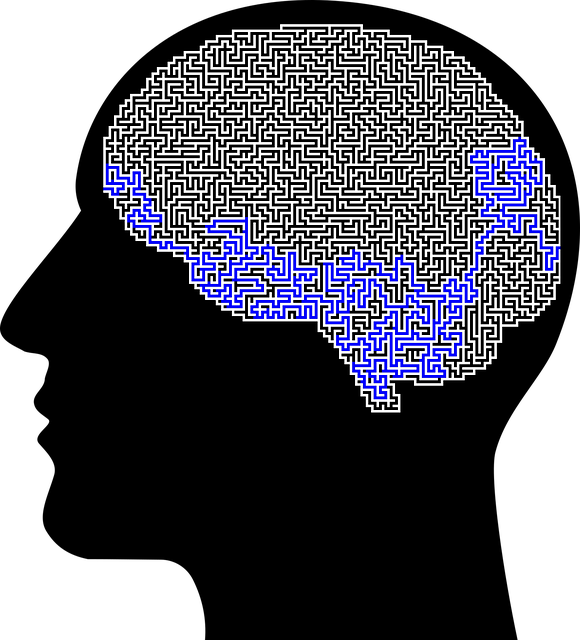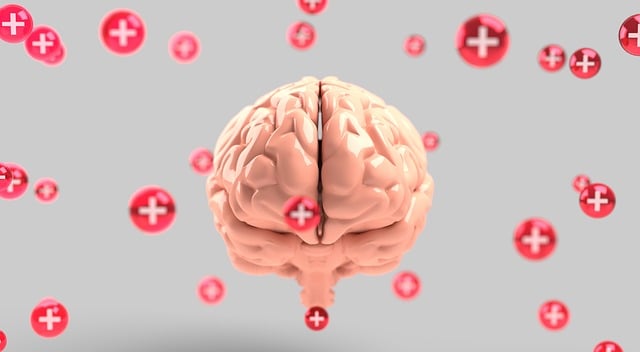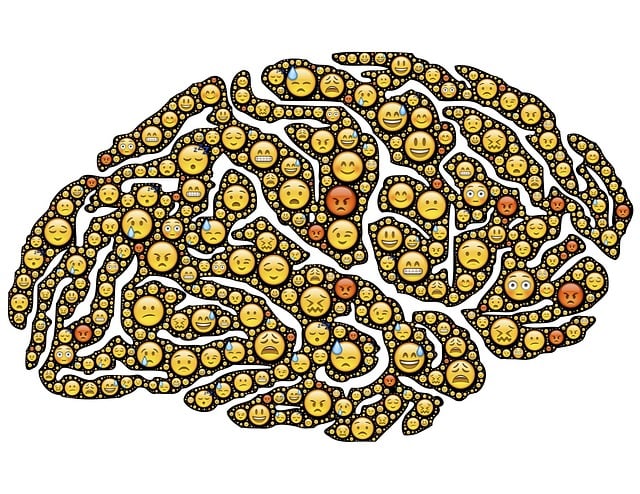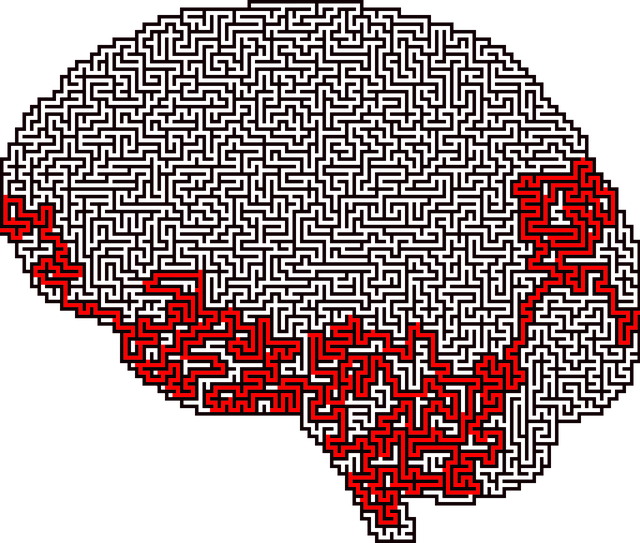Community outreach programs like Lafayette Mental Health Evaluations Therapy are crucial for providing mental healthcare to underserved populations by addressing unique community needs, bridging access gaps, and reducing stigma. Effective strategies include tailored interventions, cultural competency training, and partnerships with local organizations. The holistic approach focuses on comprehensive service design, age-specific self-awareness exercises, and long-term positive change in emotional well-being. Strategic planning involves assessing local needs, forming partnerships, and using both quantitative and qualitative evaluation methods to ensure program effectiveness.
Community outreach programs play a vital role in expanding access to mental health services, especially in underserved areas. This article explores the comprehensive implementation of such programs, focusing on Lafayette’s innovative approach to mental health evaluations and therapy. From defining target communities to designing effective programs, we provide strategic insights. Learn about practical steps for campaign execution and best practices for measurement, ensuring successful outcomes in enhancing community mental health through tailored services.
- Understanding Community Outreach: Defining Lafayette Mental Health Evaluations and Therapy Programs
- Identifying Target Communities: Strategies for Effective Outreach
- Program Design and Development: Creating Comprehensive Mental Health Services
- Implementing the Outreach Campaign: Practical Steps and Best Practices
- Measuring Success and Impact: Evaluation Methods for Community Mental Health Programs
Understanding Community Outreach: Defining Lafayette Mental Health Evaluations and Therapy Programs

Community outreach programs play a pivotal role in extending mental healthcare services to underserved populations. Understanding the unique needs and challenges of specific communities is essential for effective implementation. In this context, Lafayette Mental Health Evaluations and Therapy Programs serve as a beacon of hope, offering tailored interventions to promote mental wellness. These initiatives aim to bridge the gap between limited access to care and the growing demand for affordable, quality psychological services.
Lafayette’s approach involves not only providing direct therapy but also integrating various programs like Mental Wellness Coaching and Confidence Boosting sessions. Additionally, they emphasize the training of healthcare providers in cultural competency, ensuring that services are sensitive and accessible to diverse communities. Such strategies foster a holistic understanding of mental health, enhancing the overall well-being of individuals within these communities.
Identifying Target Communities: Strategies for Effective Outreach

Identifying target communities is a crucial step in designing effective outreach programs. This process involves understanding the unique needs and challenges faced by different groups within a region, such as urban neighborhoods, rural areas, or specific demographic segments. In Lafayette, for instance, mental health evaluations and therapy services can be tailored to address prevalent issues like depression prevention, especially when combined with mental illness stigma reduction efforts. Community leaders, local organizations, and government agencies play vital roles in this phase by providing insights into the local landscape and identifying at-risk populations.
Effective outreach strategies should also incorporate risk assessment techniques for mental health professionals to ensure the safety of both service providers and clients. By employing these methods, communities can better reach and serve individuals who may be hesitant to seek help due to stigma or lack of awareness about available resources, such as Lafayette Mental Health Evaluations Therapy services. This targeted approach enhances the overall impact of outreach programs.
Program Design and Development: Creating Comprehensive Mental Health Services

Effective community outreach programs aimed at enhancing mental health must prioritize comprehensive service design. This involves tailoring interventions to address the unique needs and challenges faced by different segments of the population within Lafayette. A holistic approach, integrating various elements like mental health evaluations, therapy sessions, and support groups, is key to fostering emotional well-being promotion techniques. By offering a range of services, these programs can cater to individuals with diverse mental illness stigma reduction efforts, ensuring no one feels left behind.
The development process should also incorporate self-awareness exercises tailored for different age groups and backgrounds. These activities not only help participants understand their emotional states but also equip them with coping mechanisms to manage stress and anxiety effectively. By combining comprehensive mental health evaluations, therapy sessions, and self-awareness exercises, community outreach programs can significantly contribute to breaking down the barriers associated with seeking help, thereby enhancing the overall mental health of Lafayette residents.
Implementing the Outreach Campaign: Practical Steps and Best Practices

Implementing a successful community outreach campaign requires strategic planning and a multi-step approach to ensure its effectiveness. When aiming to connect with the community, such as in Lafayette Mental Health Evaluations and Therapy initiatives, starting with an assessment of local needs is vital. Identify gaps in mental health services and understand the unique cultural dynamics of the area. This step is crucial for tailoring programs that resonate with diverse populations.
Practical strategies include forming partnerships with local organizations, schools, and faith groups to co-host events or workshops. For instance, organizing Stress Management Workshops can benefit from collaboration with community centers and healthcare providers who can offer their expertise and resources. Additionally, promoting Compassion Cultivation Practices through cultural competency training for healthcare providers will enhance the program’s reach and impact. Remember, a well-executed outreach campaign should leave a lasting positive change in the community, fostering improved mental health and well-being.
Measuring Success and Impact: Evaluation Methods for Community Mental Health Programs

Evaluating the success and impact of community mental health programs is paramount to understanding their effectiveness and identifying areas for improvement. Measuring outcomes goes beyond mere client satisfaction surveys; it involves a multifaceted approach tailored to the program’s goals. For instance, in Lafayette Mental Health Evaluations, therapy sessions could be assessed through structured clinical interviews, comparing client symptoms before and after intervention. This quantitative method provides tangible data on improvements in mental health conditions, such as enhanced mood management skills.
Additionally, qualitative methods like focus groups with clients and healthcare provider cultural competency training can offer deeper insights. Participants may share their experiences, highlighting the program’s impact on their lives and any challenges encountered. These evaluations facilitate the integration of compassion cultivation practices, ensuring that the programs foster empathy, understanding, and a sense of belonging within the community.
Community outreach programs, particularly those focused on Lafayette Mental Health Evaluations and Therapy, are pivotal in addressing the mental health needs of underserved communities. By strategically identifying target populations, designing comprehensive services, and implementing effective campaign practices, these initiatives can significantly enhance access to care. Measuring success through rigorous evaluation methods ensures that resources are allocated efficiently, fostering a healthier and more resilient community environment.














